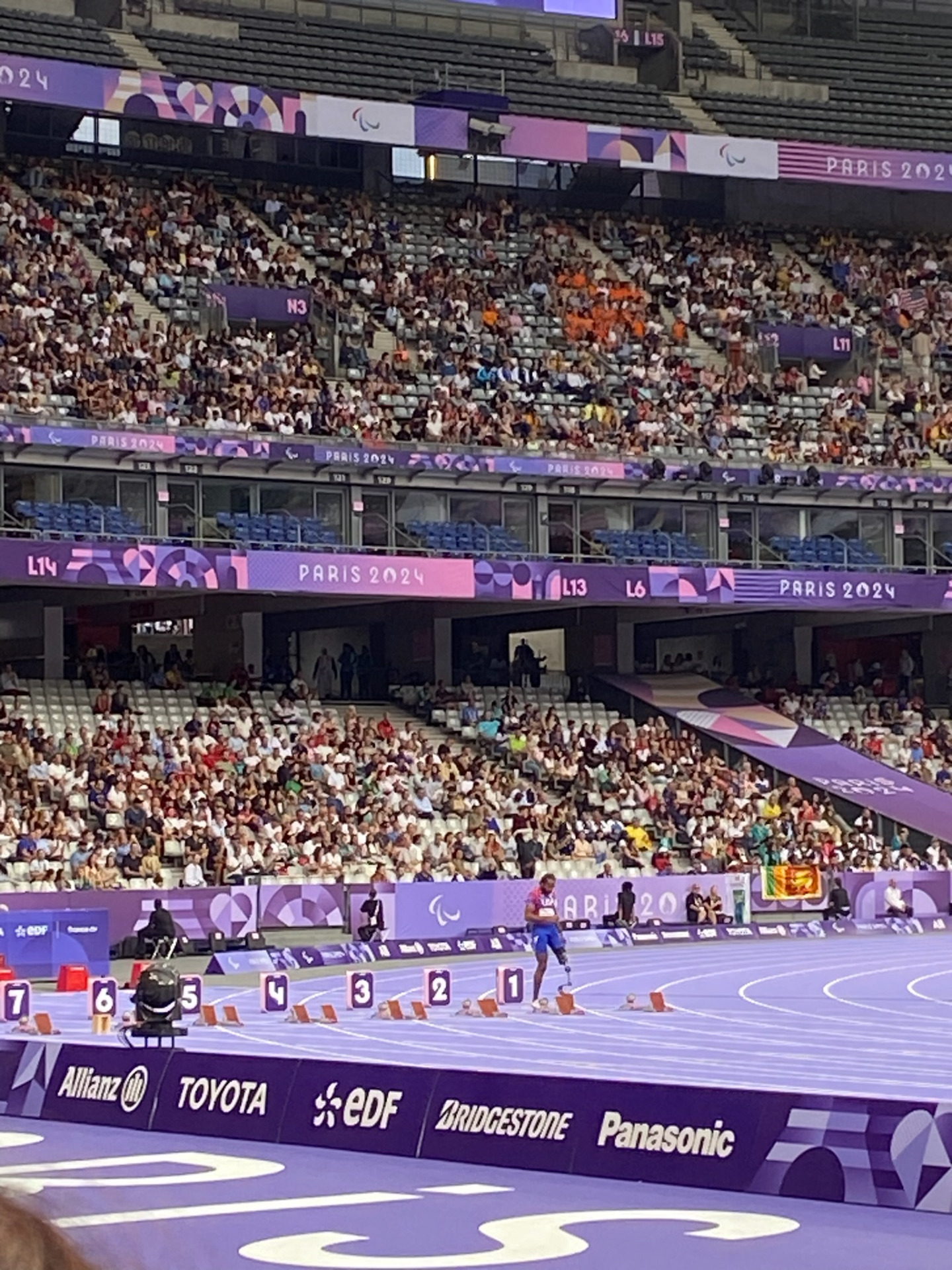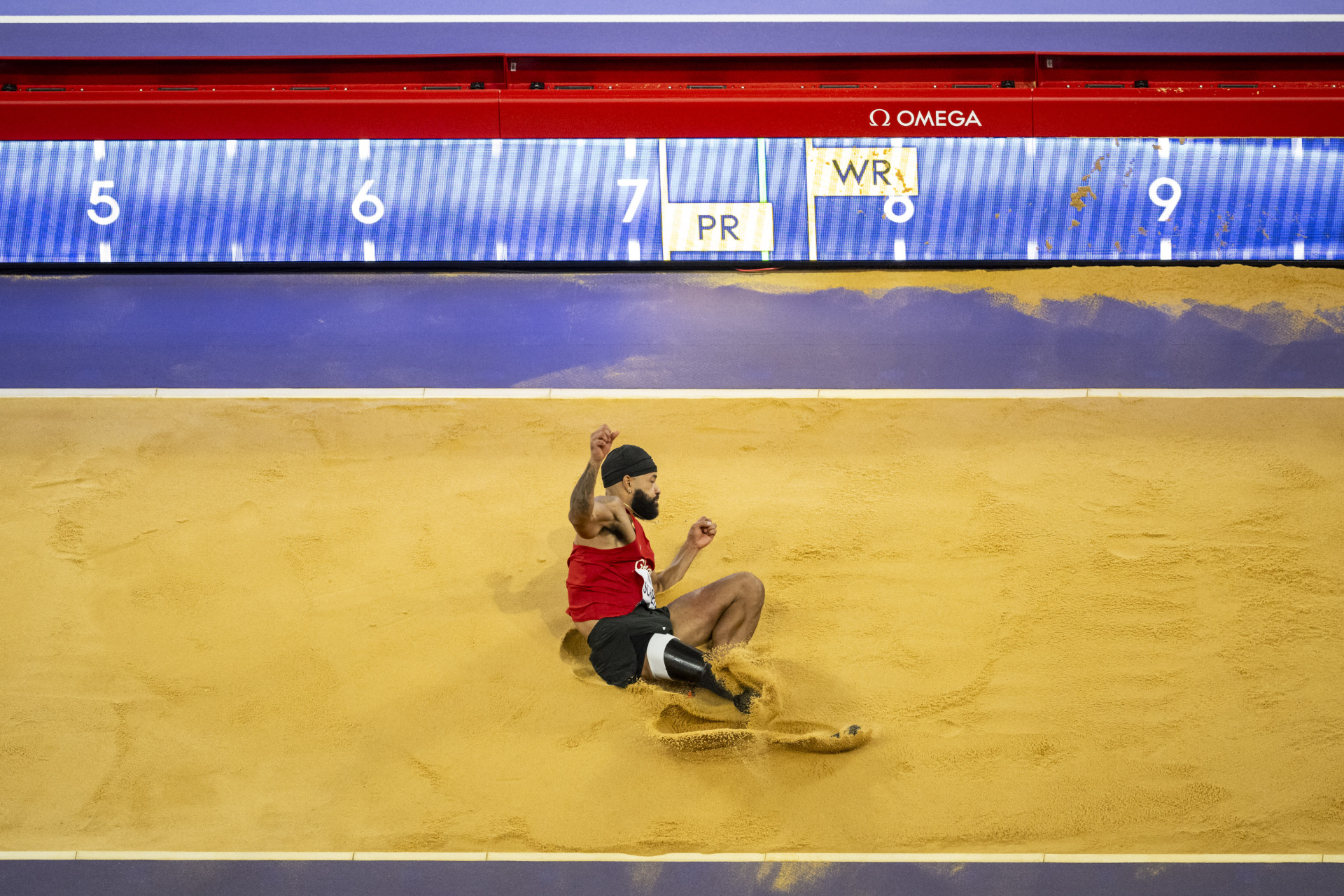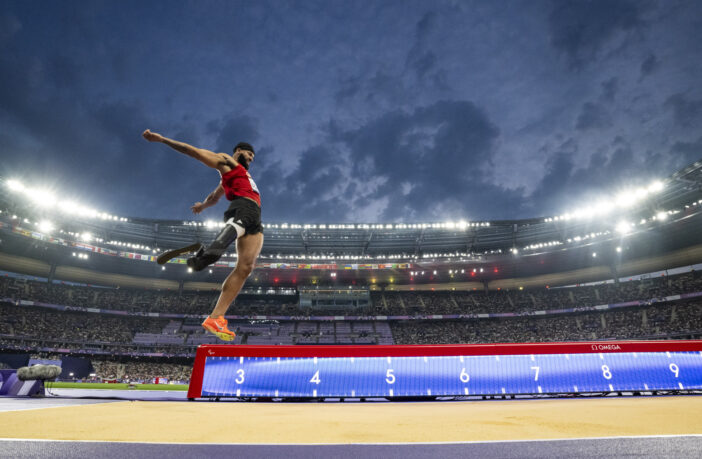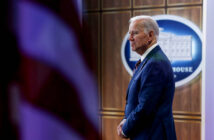All eyes have been on the more than 4,000 athletes from around the world competing in the Paralympics in Paris, France, which came to an end Sunday, September 8. And just in case you’re wondering—we are still rooting for everybody Black.
From Team USA’s Brian Bell in wheelchair basketball to Whitney Dosty in sitting volleyball, Nigerian para-badminton athlete Mariam Eniola Bolaji and South African wheelchair tennis competitors Lucas Sithole and Donald Ramphadi, there are so many amazing athletes showing us what greatness looks like. Considering people with disabilities often live in the shadows, the 2024 Paralympic Games allowed us to shine bright, and we are here for it.
 Image: Rozalynn Frazier
Image: Rozalynn Frazier
The path to what is arguably the largest stage can look different for each para-athlete. For Germany’s track star Leon Schaefer, who just missed the podium placing fourth earlier this week in the Men’s 100m and Men’s Long Jump, his journey unknowingly began in 2010 when he was just 12-years-old.
“I played [soccer]before; that was my passion. I loved it. I had bone cancer, got [my right leg]amputated and I couldn’t do it anymore,” he said. Schaefer noted that he stumbled into track and field. “In my hometown, I didn’t know anybody who was amputated who was in sports, so I didn’t really know what to do. I just wanted to run fast again.”
A former high jumper decided to take on the challenge of coaching Schaefer, providing him with the opportunity to begin testing his physical limits. “We tried figuring out what I’m able to do, what works for me, what doesn’t work, and we managed to build on that,” said Schaefer, who showed his ability early, winning many Junior World Championships
Schaefer’s mom shuttled him an hour back and forth each way for training, and his first coach worked for five years. He credits them both for playing a crucial role in his athletic career. They helped him build a foundation, gain confidence, and see what was possible. As Shaffer improved, he snagged his first Senior World Championships in 2015. “That’s when I really felt like, okay, if you really put in the work, you will get good at this and might be on top.”
Fast forward nine years and Schaefer is a three-time long jump T-63 world champion, a three-time Paralympian with both a silver and bronze medal and an all-around badass sprinter and long jumper.

 Leon Schaefer of Team Germany competes during the Men’s Long Jump. Image: Tom Weller/VOIGT/GettyImages.
Leon Schaefer of Team Germany competes during the Men’s Long Jump. Image: Tom Weller/VOIGT/GettyImages.
Whether you’re a future Paralympian or just a kid who wants to be part of a team, Nike recognizes the crucial role of youth sports coaches. Every child deserves a great coach who understands their experiences and is equipped to help them reach their full potential. Nike is working to expand not only this experience but also access to sports for underserved communities, including those with disabilities. With upwards of 17 percent of school-aged children with disabilities in the United States being Black American, creating a space where these athletes can flourish could have a large impact.
“I think we need to take in every athlete holistically,” said Vanessa Garcia-Brito, Nike Chief Impact Officer. “Leon spoke of his experience, but we need to make sure that that’s the experience that everybody else is having.”
According to Schaefer, it’s also important to other athletes with disabilities.
“You treat them like you treat everyone else, and when you give them the confidence that everything is fine, they’re good how they are, then you can slowly work out to what might be difficult for them, what you can adapt, what you can change, what you can do in other ways,” he said. “The most important thing is not to make them feel different.”
Just as Nike is fostering inclusive coaching for youth athletes with disabilities, they also are creating a pipeline to careers for all athletes including those with disabilities through their new GameOn initiative which launched earlier this week with support from the U.S. Olympic & Paralympic Committee with the 2024 Paralympics as the backdrop.
“We’re never done building a more inclusive world,” said Garcia-Brito. “When we talk about the benefit of sport for every chapter of your life, it certainly is an important chapter as you sunset in your career as an athlete in terms of thinking about what’s next.”
Designed to increase awareness and underscore the importance of disability inclusion while also broadening the funnel for applicants who seek to develop their careers with Nike, GameOn is accepting applications through October 7, for the one-year program. The first GameOn cohort starts February 4, 2025.
“One of the things that this program offers is an opportunity to explore different types of work or functions, areas that maybe people didn’t even know existed,” explained Garcia-Brito. “And that’s really great because maybe you’re really into innovation and design, or maybe you really want to work with other athletes, or you just don’t know, but through this year-long program, you get a chance to find out.”
For Schaefer, he still has some room on the track to run before that transition, and he is as motivated as ever.
“Besides my performances, the experience in the stadium was amazing,” he said. “I’ve never performed before such a great crowd. You really felt the boost of the spectators. I am grateful for that experience and that just made me want to push even more.”
With what Nike is doing with these sorts of opportunities, from access for youth para athletes to post-athletic careers, Black and brown people with disabilities can come out of the shadows not only to live but thrive and be their full selves.



